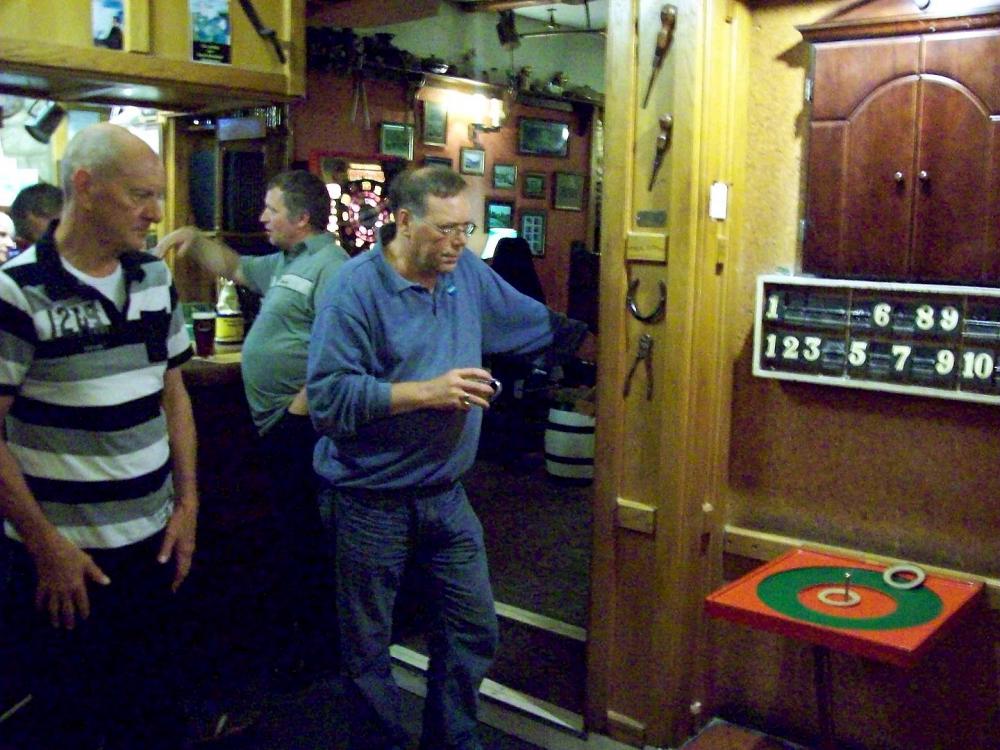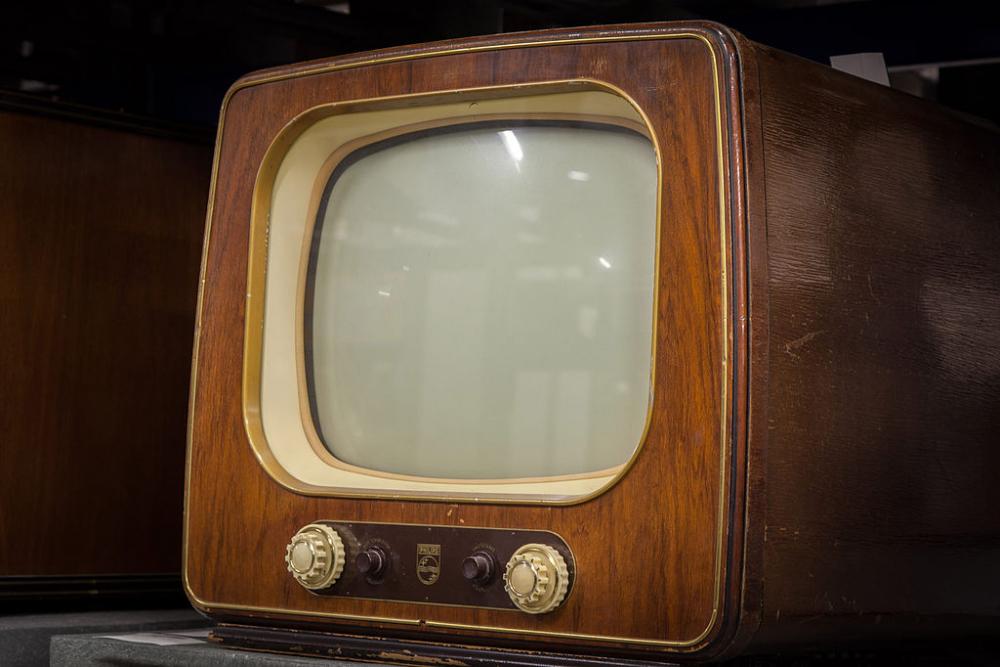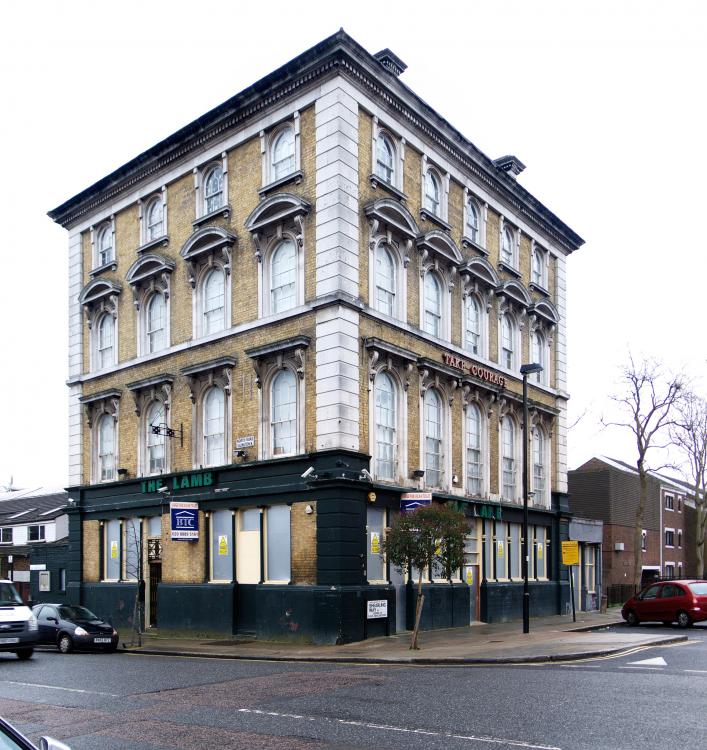12a. The Decline and Fall of The British Pub - The Queen's Fault?
In February 1946, the London Evening Standard published an article by George Orwell (1903-1950) entitled The Moon Under Water. This was a description of his ideal pub. After listing all its attributes, he admitted what
Quotethe discerning and disillusioned reader will probably have guessed already. There is no such place as the Moon Under Water.
That article is well-known (and I shall return to it soon), but it wasn’t the first time Orwell had written about pubs and pub culture.
Three years earlier, on January 21st, 1943, The Listener magazine had published another article, entitled Review of The Pub and the People by Mass-Observation. Mass-Observation is a UK social research project which originally ran from 1937 to the mid-60s, before being revived in 1981.
In his article, Orwell discusses some aspects of the Mass-Observation report on pub culture noting that
Quote...it is unquestionable that in the past seventy years the annual consumption of beer per head has decreased by nearly two-thirds, and it is the Mass-Observers’ conclusion that ‘the pub as a cultural institution is at present declining’. This happens not merely because of persecution by Nonconformist Town Councils, nor even primarily because of the increased price of drink, but because the whole trend of the age is away from creative communal amusements and towards solitary mechanical ones.
From the article, it is clear that Orwell sees this as a matter of great regret. I can’t begin to imagine how he would feel today. Since his day, pubs in Britain have been disappearing at an alarming rate. The reasons for this decline are complex, but I’ll try to go through some of the main factors.
Hold on for the ride!
1) Social Change and Television
Prior to the mid 1950s, the pub was an important centre of the community (even more so than the church). It was where people met, hung out, chatted and socialised in general. It was also where one found one’s entertainment.
Pub games were popular – particularly darts, but also games that are all but lost to living memory. Shove-halfpenny was a favourite, as was pool, bar-skittles and dominoes. Three Men’s Morris, draughts, quoits. By the 1980s, only darts and pool remained in the great majority of pubs.
 Indoor Quoits, or Table Quoits, being played at The Fountain Inn, Parkend, Gloucestershire
Indoor Quoits, or Table Quoits, being played at The Fountain Inn, Parkend, Gloucestershire
Pubs were also a music venue. Not hired bands or professional singers, but the community sing-song was very popular, especially after a few throat relaxing beers. There was often a piano (slightly out of tune in all probability) and someone could usually be found to bang out a rough backing to the more popular tunes of the day (or, more likely, decades earler).
Note that few of these pubs provided food, or at most only small snacks, but I’ll return to the subject of food in pubs in greater detail in a later post.
On the 2nd of June, 1953, Elizabeth II’s coronation was shown live on television by the BBC. This was the first time (obviously) that a coronation had been televised and the common people could see what was happening. (Her father, George VI’s coronation had been broadcast on radio for the first time.) There was a frenzy of television buying just to watch that one 8-hour-long broadcast.
My parents bought our first television the day before! They had a better view of proceedings than most of the congregation in Westminster Abbey, who coudn't see anything.
Of course, after the Queen was suitably crowned, people continued to watch television and the entertainment partly shifted from the pub to the home. I’m not suggesting that overnight everyone stopped going to the pub, but many did or went less frequently.
1953 televison set.
New generations grew up without knowing the old pre-TV culture, so didn’t miss it. Pubs became, to an extent, an old men’s place. I say ‘men’s’ deliberately. In those days, most pubs had two drinking rooms. The “public bar” was the larger and was almost always men only. A smaller, often slightly more well-decorated room, usually with its own entrance, was known as the ‘saloon’ or ‘lounge’ bar and was where women, families and couples were expected to take their refreshment.
This discrimination lasted into the 1980s in some pubs. You can still see the old signs indicating the ‘public’ and ‘lounge’ entrances above the doors in many pubs.
The Lamb Tavern, North Road, London N7
The image above shows the closed Lamb Tavern in north London. Established in 1870, this was a place I spent far too much time in during the 1980s. I was working across the road. The ground (first floor) is the pub and upstairs is accommodation. You can just about see a small appendage on the right, behind the yellow sign. This was the slate-grey attached building with separate entrance that was the ‘lounge bar’, a tiny afterthought for the ‘ladies’. The pub closed in 2004, another victim of the trend. It has now been converted into housing.
To be continued
Image credits:
1. Indoor Quoits, or Table Quoits, being played at The Fountain Inn, Parkend, Gloucestershire - Public Domain
2. 1953 televison set - Image by Maximilian Schönherr. This file is licensed under the Creative Commons Attribution 3.0 Unported license.
3. The Lamb Tavern. Unknown photographer. Creative Commons Attribution-Share Alike 3.0 Unported license.





